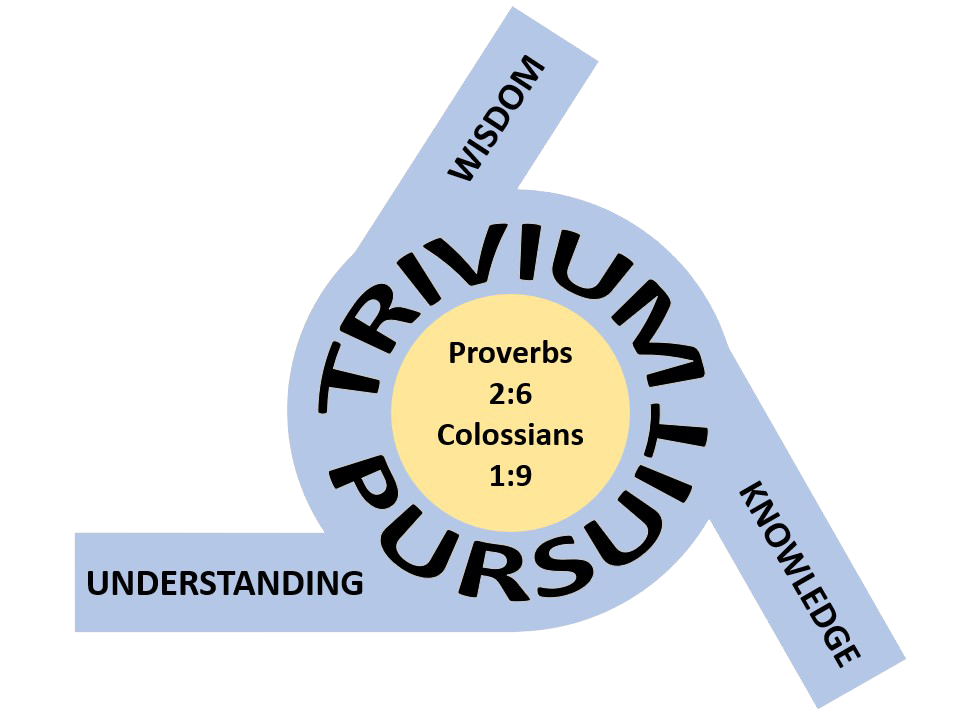Having read your article on teaching math, we have delayed formal academic math instruction and focused on living math instead. Our daughters are now 11 & 9. Now what? Specifically, what do you recommend that I use to teach “in a few weeks” K-6 academic math? What have you used? I appreciate any insight or advice you can offer.
Angelica
First, here is a summary excerpt from our article Research on the Teaching of Math:
1. Formal textbook or workbook instruction in arithmetic may begin at age ten. It is about age ten that the developmental light bulb goes on, and the child becomes capable of a great deal more mental and physical skill. (Of course that’s not an absolute rule. With a few children, it is as early as eight. We call them “bright” children because the developmental light bulb goes on early.) Waiting until the child is developmentally prepared to handle the concepts makes instruction in arithmetic very easy, because the child learns very quickly.
2. There is no necessity for formal teaching in arithmetic before age ten. Once all of the developmental parts are there, most children can learn – in a few weeks – everything which they might have spent six years learning (kindergarten through fifth grade), that is, if they haven’t already learned it through questions and experiences and working things out on their own — which is generally the case.
3. Depending upon the child, upon the method, and upon the subject matter covered, there exists the potential for developmental harm from the formal teaching of arithmetic before age ten. Small children cannot understand many arithmetic concepts at an early age. We can teach them to perform the process, but we cannot make them understand the concepts. The child “learns” to hate “learning.” The child’s understanding develops along the wrong lines. He may actually develop mental “blocks” to arithmetic – actual physiological blocks in the brain.
4. Not formally teaching arithmetic before age ten frees up a lot of time for other activities which will build the vocabulary of the child. Vocabulary is the number one index of intelligence. Developing vocabulary was one of the deliberate foci of ancient education. We waste valuable time for developing vocabulary and verbal language skills if we instead spend those hours teaching a five year old to count by fives. (He’ll know it intuitively by age ten anyway, without ever being taught.) Instead, we ought to spend those hours reading to him. We only have so much time in the day. Do we want to spend it trying to force math skills into a child who developmentally is not optimally prepared, or spend it doing what is developmentally natural to a young child – learning new words and associating them with new ideas and experiences. Stretch the child’s vocabulary during the formative years, and when he’s developmentally ready to do some deeper thinking, he’ll have a mind prepared to take on the task, and he’ll take off like a rocket.
Also, we suggest reading our article On Early Academics. We like to refer readers to these two articles whenever they are considering the delayed formal math approach.
But you asked us what specifically we suggest to start with if one adopts this delayed formal math approach. I’ll tell you how we approached math. Perhaps you can use some of these suggestions. Our children who were below age ten studied math informally. We played dominoes, Rummicube, card games, dice games, score-keeping games, and other counting type games. We taught the children to count and write their numbers. I remembered them playing store and restaurant and asking me how to add up a series of numbers. They built calculators and cash registers out of matting board scraps that we obtained at the local art store. They played with play money and coins. Your average homeschooling family life is full of informal arithmetic exercises. Of course, cooking and chores involve lots of informal math. By the time a child is ten he will probably know how to add. He probably won’t have many of the math facts memorized, though. Some memorize these facts easily, some have a more difficult time. At age ten, I made for the child (or had the child make) two different arithmetic grids – one for addition and subtraction and one for multiplication and division. I’m not sure what they are really called. Each grid consists of a square piece of paper with the digits 1 through 9 running in a column along the left side of the page (with 1 at the top and 9 at the bottom) and again in a row along the top of the page (with 1 at the left and 9 at the right). Where the two 1’s come together (similar to a mileage chart where you are trying to find out how far it is from one city to another) you write the digit “2″ (1+1=2). Where the 1 on the left and the 2 at the top come together you write the digit “3″ (1+2=3). You continue like that till the grid is filled in. This would be the addition and subtraction grid. The multiplication/division grid would work similarly. They are a sort of answer key for the math facts.
At age ten we start the child in formal math with a 6th grade math textbook (we used Saxon, but I’m sure any math curriculum would work fine). I gave the child these two grids, and they are allowed to use them when doing their math lessons. At age eleven I took away the addition/subtraction grid. The child should have the addition/subtraction facts memorized by then. If I think that he doesn’t have them memorized then we would drill on them till he does have them memorized. At age twelve I took away the multiplication/division grid.
This system worked well for us. All five of the children did well in math, finishing the Saxon Advanced Math textbook (one went on to finish Saxon Calculus).
Let me know if you have more questions concerning this approach. We would be happy to answer them!
Laurie Bluedorn


This is such a counter-cultural idea. We do a lot of moving around manipulatives, but no drilling. We sing songs and talk about money and measurements. I’m guessing that this is the type of informal math you are talking about. Thanks for giving me more to think about! I do talk a lot about how there is not enough time in the day, and eliminating a subject does help that problem =) Thanks for sharing this with us at Trivium Tuesdays!
Yes, those are good examples of informal math.
We did the same approach with writing. My 8 year old has a little chart with all letters and numbers on it, upper case right next to lower case. He uses this chart anytime he is not sure which direction a letter faces, or what i looks like. Eventually he will no longer need his chart and will forget to grab it or wil lose it. That is when I will know that he has mastered the alphabet.
Awesome idea!!
I recently read the biography of the mathematian Pascal who was home schooled by his father after his mother died. His father didn’t think any subject should be taught until the child could easily master it. So he removed all the math books until the children were at least 16yo. Anyway at 12yo Pascal studies math (in secret)and figures out that the sum of 3 angles in any triangle is 180. His father is so impressed that he allows him to study Euclid and by age 16 the boy was the first to prove some new geometry theorems which he presented to among others Descartes. His work has influenced philosophers and scientists including Descartes and Isaac Newton. Even his sister was a gifted poet.
Here’s a good example of exactly what you are writing about.
Thanks for sharing.
Thanks Ada, this is great! I’ll be making your comment here a separate blog post.
Is perhaps the key to early mathematics, making it a game for the kids? Even manipulatives , if the child is forced to complete some project, perhaps can place too much stress on the brain?
I am trying to figure out how to make math memorization fun at an early age. After all, the grammar stage is when kids are supposed to memorize, right? However, I am having a hard time figuring out how to do this. There are catchy things like “Schoolhouse Rocks” but that techy solution doesn’t jive with me either.
My husband is a mathematician, and one of his professors in college (an amazing mathematician) knew the multiplication table at age 3.
I don’t think it is necessarily bad to push “math” early, but the trick is finding a way to do it in which the kid thinks it is fun (and perhaps, we parents do as well, so we aren’t internally pushing them).
Perhaps, there isn’t a formula of how to do that, and perhaps some kids just won’t think it fun no matter how it is presented.